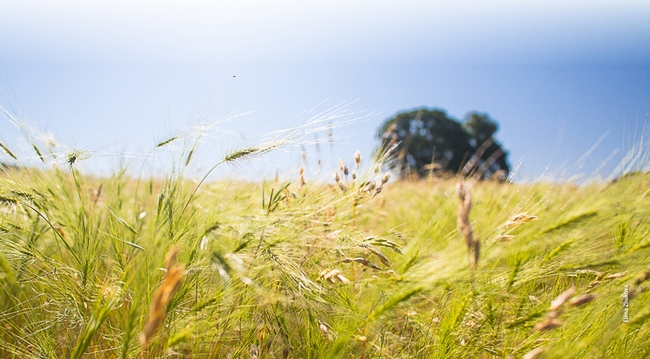From the California Agriculture 75(2):83-89. https://doi.org/10.3733/ca.2021a0011
*****************
Abstract
Barb goatgrass and medusahead are challanging invasive grasses to manage. However, new research suggests that an integrated pest management (IPM) approach using low rate herbicide application early in the plants' growth and grazing can be very effective for control.
Link to full article: https://doi.org/10.3733/ca.2021a0011

